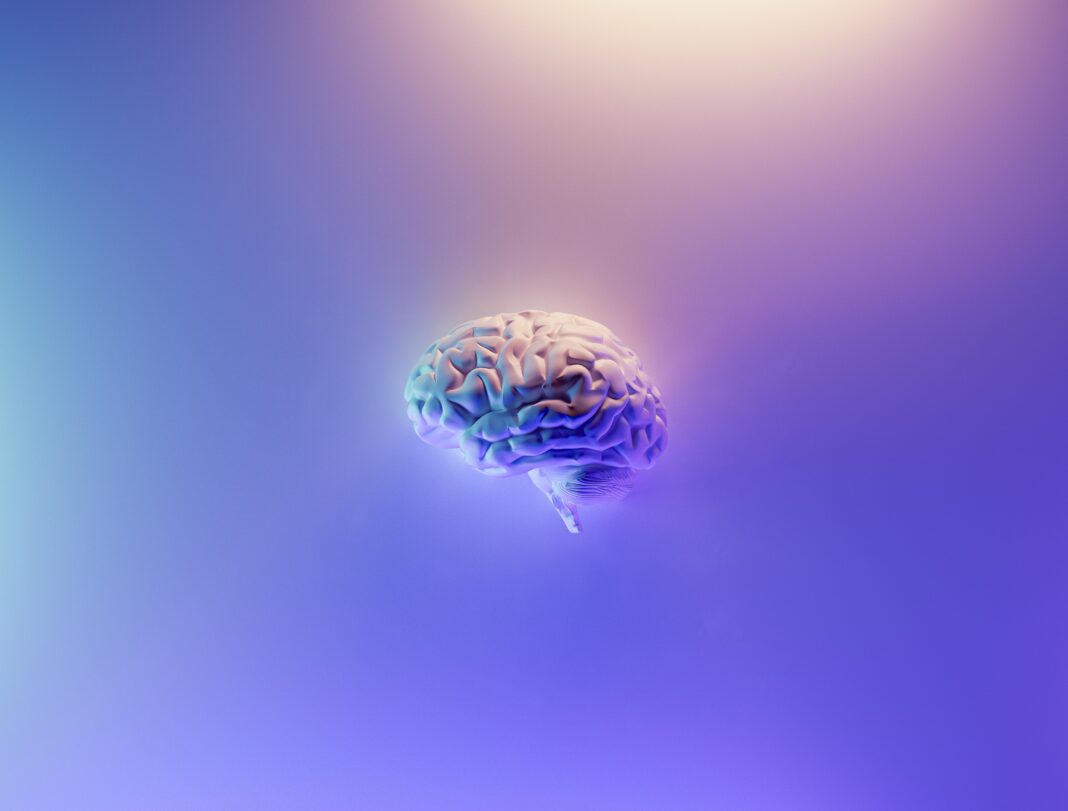Summary
Sport: “Researches show that as the improvement of health and nutritional condition can be effective on physical growth, the improvement of environmental condition can develop intelligence. In other words, an enriched environment, intelligence, play and physical activity help adolescents to communicate and cooperate with others, and therefore they can experience, think and develop their senses, and also gain cognitive and emotional development… Physical activities can improve the function of the central nervous system and therefore it can result in development and improvement.”
Art: “All human beings have the ability and sense of aesthetics. Education must prosper and develop aesthetic senses. Aesthetic sense means to develop perception of beauty in children. Cognitive psychologists believe that art is the mirror of wisdom and contemplation. The symbolic aspect of art encourages thinking and cognitive development. Psychologists believe: from emotional perspective, art can decrease, rage, hatred and aggression in children and reinforce his self esteem. Performance and theatrical play have a great role in social and cognitive development of the child. One of the important aspects of art which is also one of the education objectives is to make children appreciate others. According to the cognitive theory art is the mirror of wisdom and contemplation. Children can produce knowledge through art education. In preschool, art is pleasant for children therefore it must be extended and considered as one the main objectives of pre-school education.”
Analysis
The initial round of survey results reveal a disproportion between the soccer players’ apparent knowledge on proper fluid intake and their actual knowledge by about 40%. In an effort to minimize this discrepancy, my wearable garment could adopt the art and design principles to inform player’s cognitive behaviors. The visual aesthetics and physicality of the product could prompt or even remind players: when it is time to rehydrate, the proper amount of fluid intake, the frequency of intake. Over time, that behavior would become normalized to the player.
Sources
Jafari, P. (2012). How Sport and Art could be Effective in the Fields of Social, Cognitive and Emotional Learning? Procedia – Social and Behavioral Sciences, 47, 1610–1615. https://doi.org/https://doi.org/10.1016/j.sbspro.2012.06.871




